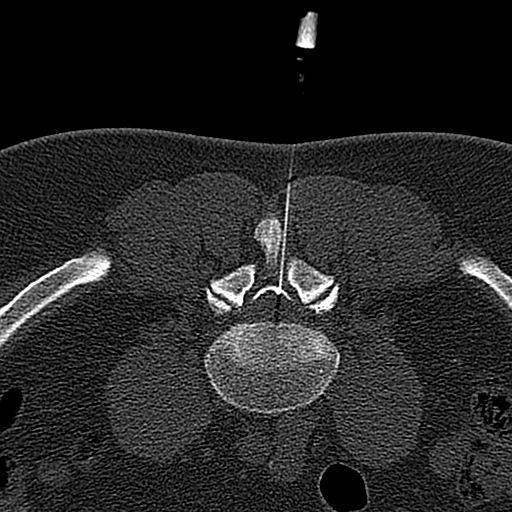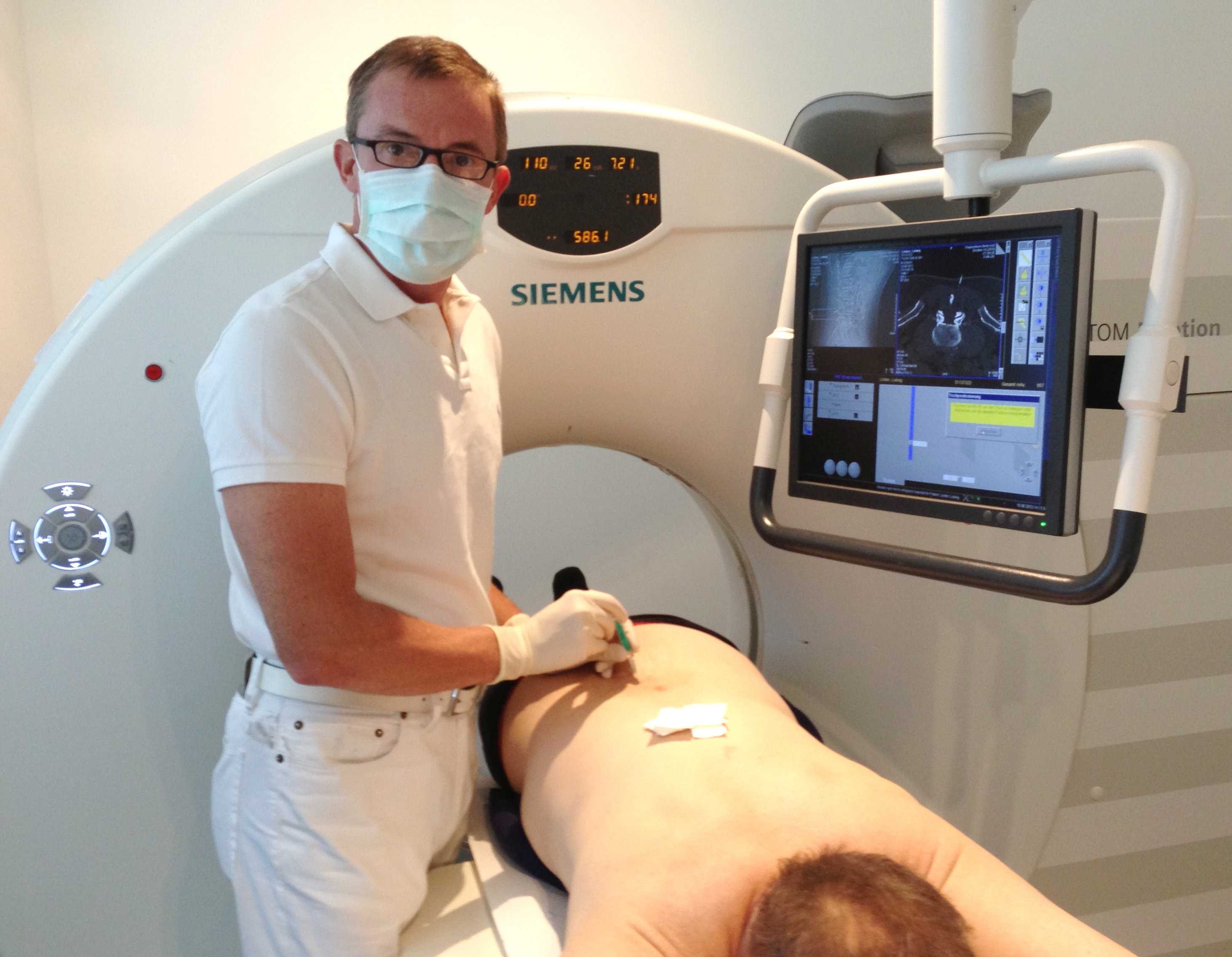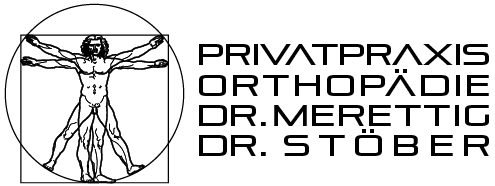PERIRADICULAR THERAPY
Periradicular therapy (abbreviated: PRT) is the application of a strong anti-inflammatory drug locally to a nerve root (radix) in the context of pain therapy of radiating (radicular) pain in proven diseases of the spine. The injected medication only acts on the damaged nerve root (epidural perineural injection). As a rule, 1 to 3 sessions at intervals of 7 to 14 days lead to significant pain relief or even complete freedom from symptoms in more than 80 percent of patients. The treatment is carried out on an outpatient basis and takes about 15 minutes.
Indications: Slipped disc, lumbar spinal stenosis (LSS), spondylolisthesis and pain syndromes after spinal surgery (postnucleotomy syndromes).
In addition to back pain, the following typical radiation patterns or pain zones frequently occur:
Nerve root L2 into the groin region
Nerve root L3 into the thigh
Nerve root L4 into the knee region, shinbone
Nerve root L5 in the back of the foot, big toe
Nerve root S1 in the calf, heel and sole of the foot
 Technique: Prone position of the patient. The segment of the spine to be treated is shown by means of computer tomography. This is used to plan the direction and depth of the stitch. After skin disinfection, the sterile injection needle (coaxial interventional cannula) is positioned exactly. CT position control using a contrast medium, followed by the application of the medication (high-dose corticoid). After PRT injection, headaches due to CSF puncture may occur in a few cases (<5%). Despite damage to the spinal column or intervertebral disc, the patient can live, work and do sports without pain. A risky operation is usually spared."
Technique: Prone position of the patient. The segment of the spine to be treated is shown by means of computer tomography. This is used to plan the direction and depth of the stitch. After skin disinfection, the sterile injection needle (coaxial interventional cannula) is positioned exactly. CT position control using a contrast medium, followed by the application of the medication (high-dose corticoid). After PRT injection, headaches due to CSF puncture may occur in a few cases (<5%). Despite damage to the spinal column or intervertebral disc, the patient can live, work and do sports without pain. A risky operation is usually spared."

